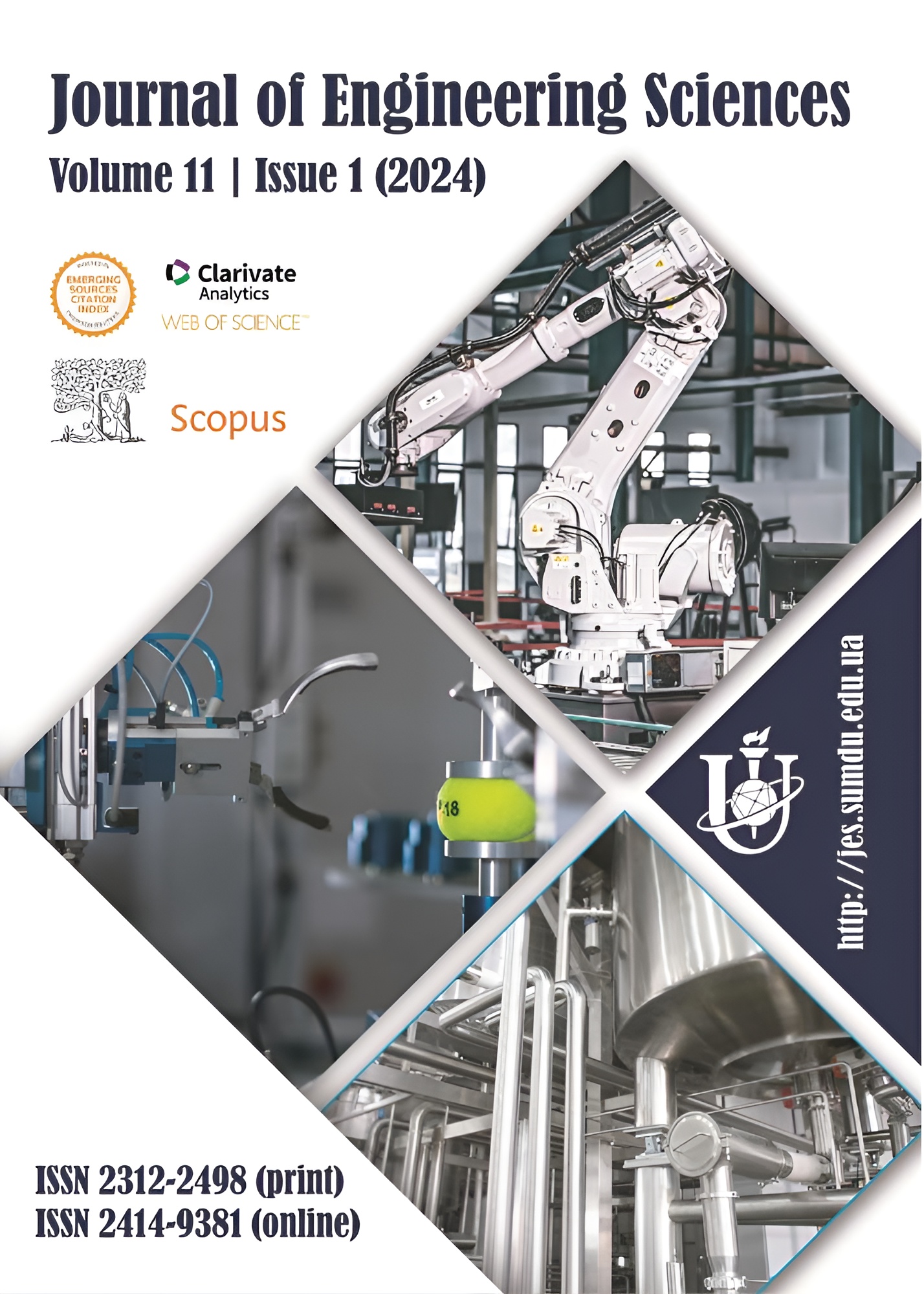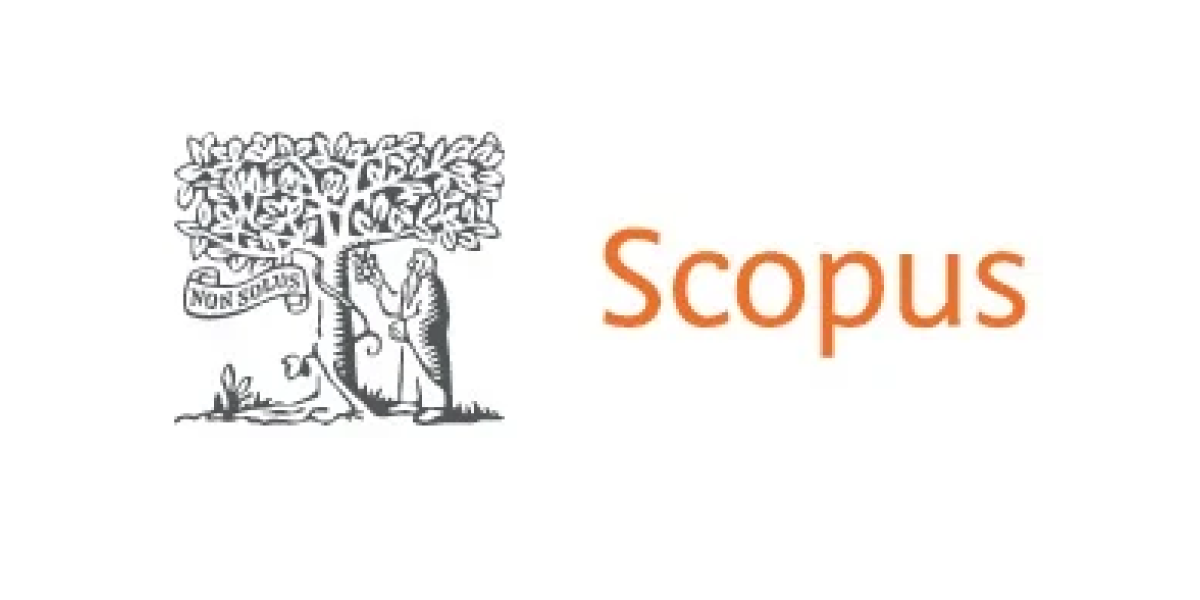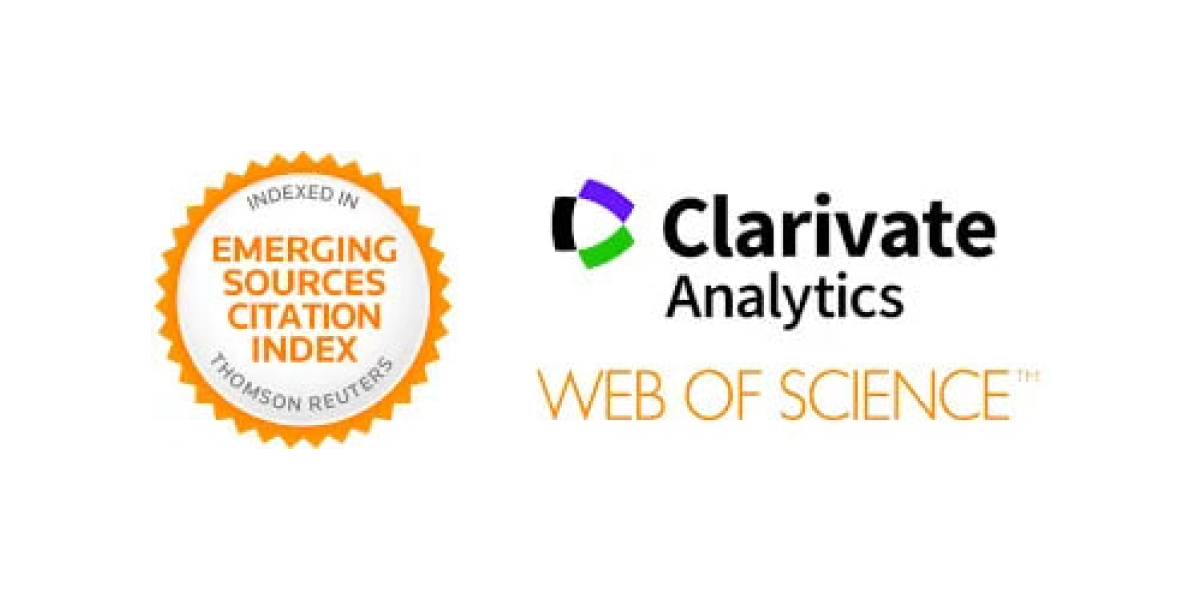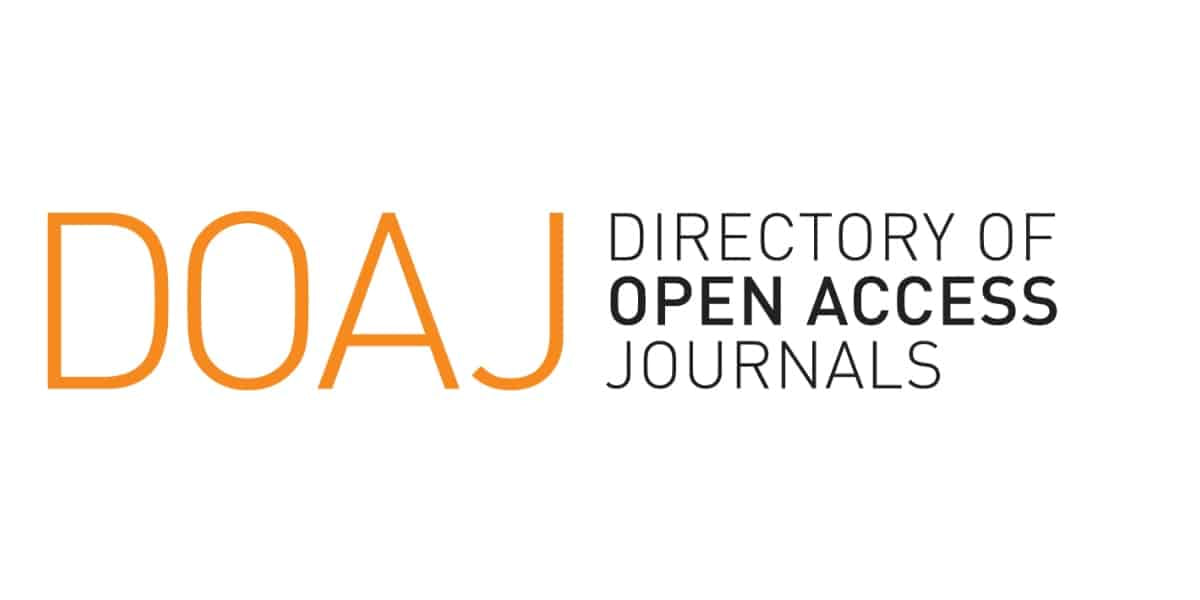General Statement
The Editorial Board of the “Journal of Engineering Sciences” supports the open-access policy. It should ensure a powerful scientific location for accumulating and disseminating up-to-date scientific works of Authors worldwide with strict adherence to the rules and norms of ethics according to the Best Practice Guidelines of the Committee on Publication Ethics (COPE).
Close collaboration between the Editorial Board, the Publisher (Sumy State University), and the Authors is the key value to further disseminating the gained scientific knowledge in engineering. For this purpose, all the stages of the publication process (from submitting a manuscript to the official open-access publication of an article) should follow the journal’s Publication Ethics and Policies.
Ethical Guidelines for Authors
“Journal of Engineering Sciences” operates a double-blind peer-review process. Therefore, Authors should prepare the manuscript in such a way as not to reveal their identity.
Authors should follow the mandatory rules when submitting a manuscript:
- the manuscript should meet the requirements according to Author Guidelines and Template;
- before submitting a manuscript, the Authors should confirm that the presented material is original. It has not been published previously. It is not a translation of publications from other languages. It is not submitted simultaneously to other publishers (journals, conference proceedings, etc.). If such cases are identified, the manuscript will not be considered;
- all the Authors of the scientific research should be listed as co-authors of the publication. The fact that the manuscript has been submitted for consideration is evidence that the Authors agree with their authorship and personal contribution to the article. If the manuscript does not include a specific Author’s Contribution, it is assumed that the Authors agree on their equal contributions. Authors should carefully check their authorship before manuscript submission. Changes in the authorship should not be made after manuscript acceptance;
- accurate and comprehensive presentation of the methodology and research results (including scientific novelty and practical significance) with the corresponding critical discussion of these results compared with recent studies by other scientists. In this regard, The article should be presented so that specialists in the relevant field (according to Aims and Scope) can verify the authenticity of the presented scientific results;
- authors must adhere to Anti-Plagiarism Policy. Appropriate citations of previously published works should be presented in the manuscript. In the event of cases of academic dishonesty, the article will be rejected immediately. If the article contains elements (drawing, illustration, diagram, table, etc.) published by whoever and wherever, the manuscript should be accompanied by the formal consent of the copyright owner. The text of the article should also include a relevant reference to the original source.
Role of the Editor
Activities of the Editorial Board are aimed at adhering to the Editorial Policy of the “Journal of Engineering Sciences” according to up-to-date global trends in engineering. The Editor evaluates the suitability of submitted manuscripts in terms of the Aims and Scope, quality of the manuscript, its originality, scientific novelty, practical significance, and possible interest in the international scientific community.
The Editor is obliged to consider the Editorial Policy of the journal, current legislation on copyright, plagiarism prevention, etc. The Editor has the right to decide which manuscripts to be published in the journal based on the professional opinion of the Editorial Board members. However, the Editor should rely on the professional opinions of the Editorial Board, Reviewers, and their expert conclusions. According to the double-blind peer review process, the Editor should not disclose information about a submitted manuscript to Reviewers.
The Editor ensures a high level of all the stages of the publication process.
Role of the Reviewers
“Journal of Engineering Sciences” operates a double-blind peer-review process. Therefore, both the Reviewers’ and Authors’ identities are concealed during the Review Process.
If potential reviewers consider themselves unqualified in a field of knowledge, they should notify the Editor immediately.
Reviewers should carefully check the scientific content of the manuscript. As a result, the Reviewer should complete the Review Form precisely and comprehensively based on the following criteria: originality, scientific content, importance, correctness, completeness, readability, etc. They should highlight whether the title reflects the contents, the main aim is defined transparently, the manuscript is well structured, any data (i.e., formulas, tables, and diagrams) are clear, scientific results are justified and critically discussed, and conclusions are valid.
Role of the Publisher
The Publisher (Sumy State University) should ensure the publishing process for the accepted articles based on the Editor’s decision. It also should create the appropriate ways to disseminate the journal worldwide.
In the cases if the Publisher (e.g., with the help of the Editor or Reviewers) has found plagiarism, illegal text or graphic borrowings, ghostwriting, and other inadmissible actions by the Authors, the Publisher (in close collaboration with the Editor) should clarify the situation, including withdrawal or rejection of the publication.
Conflict of Interest Disclosure
Authors should declare Conflicts of Interest that could affect the presentation or interpretation of research results, including:
- financial (employment, membership, employment, consultancies, grants, licensing, etc.);
- non-financial (affiliations, professional and/or personal relationships, etc.).
If there is any conflict of interest (in the opinion of the Authors), the corresponding author should collect all the conflicts of interest disclosures from all the authors and indicate all the items in a cover letter during the manuscript submission. The role of sponsors in conducting research, writing a manuscript, and agreeing to submit it should also be noted.
The Editor is obliged to assign Reviewers based on the absence of any conflicts of interest. For this purpose, the Editor should compare the affiliations of Authors and Reviewers, check the absence of their joint publications in international databases, and their participation in joint projects. If there is any conflict of interest, the Editor should assign another impartial reviewer.
Reviewers should be impartial in reviewing articles according to a double-blind procedure determined according to the Algorithm. If the Reviewers have any assumptions about possible authorship, they should report a conflict of interest to the Editor.
Copyright and Licensing
For all published articles, copyright is retained by the authors. Articles are licensed under an open-access Creative Commons CC BY-NC 4.0 license, meaning that everyone can share, copy, and redistribute the material in any medium or format and adapt, remix, transform, and build upon the material. The licensor cannot revoke these freedoms if authors follow the license terms.
Funding Information and Acknowledgment
If the Authors intend to express their acknowledgments to other organizations and persons, or the presented research was funded by any funds, grants, etc., they can highlight relevant information in the chapter “Acknowledgments”. This section can declare all the roles during the study stages, data preparation, and manuscript writing. In the case of the absence of such information, this section cannot be filled.
Impartial Attitude
The Editor evaluates the manuscripts impartially only. This process is based on the content without considering the issues of race, gender, sexual orientation, religion, ethnic origin, nationality, or political opinions.
Anti-Plagiarism Policy
All the submitted manuscripts are subject to a mandatory multi-level plagiarism check:
- initial check after submitting the manuscript by StrikePlagiarism;
- control check by Grammarly, if the Reviewers (at the peer review stage) or the Editor (after peer review) have any doubts about the academic integrity of the article;
- final check during proofreading by Grammarly.
 All articles published in the “Journal of Engineering Sciences” pass the plagiarism check by StrikePlagiarism. In the case when there are some doubts regarding the originality of the text of the paper, the Editorial Board additionally uses Grammarly to track text borrowings.
All articles published in the “Journal of Engineering Sciences” pass the plagiarism check by StrikePlagiarism. In the case when there are some doubts regarding the originality of the text of the paper, the Editorial Board additionally uses Grammarly to track text borrowings.
The articles containing less than 85 % of the original text are not published in the journal. The Editorial Board does not welcome using an excessive number of citations, although adequately presented. The allowable volume of admitted quotes must not exceed 30 % of the total volume of the article. Also, the Editorial Board does not recommend articles that fully meet other scientific material previously published by the author (Ph.D. or doctoral theses, books, etc.).
Proof-Reading
 Before publishing an article, Editors carry out the procedure of proofreading using Grammarly. In this regard, correctness, clarity, engagement, and delivery are checked.
Before publishing an article, Editors carry out the procedure of proofreading using Grammarly. In this regard, correctness, clarity, engagement, and delivery are checked.
Other policies can be found here.
Retractions and Post-Publication Corrections
All the corrections and retraction notices should be supplemented by the corresponding notification. The Corresponding Author should notify the Editorial Board immediately if they discover errors, typos or other corrections in an article that may change the data interpretation and reliability. All the changes will be evaluated by the Editorial Board.
A retraction can also be made if an essential error has occurred in the article. All the issues concerning the retraction procedure will be proceeded according to the COPE’s Retraction Guidelines The final decision to retract an article will be made by the Editorial Board. Authors and institutions can also send a request to retract articles of the affiliated persons.



